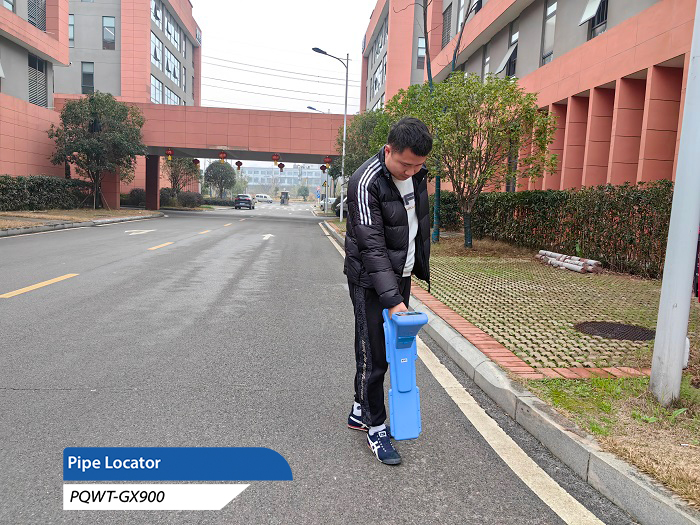With the acceleration of urbanization, the detection and maintenance of underground pipelines, as an important part of urban infrastructure, is receiving increasing attention. The importance of underground pipeline detection is self-evident, which is not only related to the basic operation of the city, but also vital to protect people's production and life. This paper will discuss the importance of underground pipeline detection and detection technology.

First, the importance of underground pipeline detection
Underground pipeline is the city infrastructure "blood vessels", bearing the water supply, drainage, gas, electricity, communications and other important functions. These pipeline networks are the basis of normal operation of the city, any failure or accident may have a serious impact on people's production and life. Therefore, underground pipeline detection is a key link in urban planning, construction and management.
The importance of underground pipeline detection is mainly reflected in the following aspects:
1. Urban planning and construction: underground pipeline information is one of the basic data for urban planning, which can provide accurate underground space information for planning and avoid pipeline damage or repeated construction caused by blind construction.
2. Emergency rescue: through underground pipeline detection, it can quickly locate the fault point, improve the efficiency and accuracy of emergency rescue, and reduce the loss of accidents.
3. Smart city construction: underground pipeline data is an important part of smart city, which can provide basic data support for city informatization and intelligence.
4. Historical and cultural heritage protection: for some cities with a long history and deep cultural heritage, underground pipeline detection helps to discover and protect the buried historical and cultural heritage.
Second, the technical means of underground pipeline detector
At present, the main technical means of underground pipeline detector include:
1. Electromagnetic induction method: using the principle of electromagnetic induction, by sending an alternating magnetic field to the underground pipeline, an induction current is generated in the pipeline, so as to detect the position and depth of the pipeline. This method is applicable to the detection of metal pipelines.
2. Ground-penetrating radar method: using the propagation characteristics of high-frequency electromagnetic waves in the underground medium, to determine the location and depth of underground pipelines by analyzing the waveforms reflected back. This method is suitable for pipeline detection of various materials.
3. Magnetic exploration method: use magnetometer to measure the magnetic field anomaly of underground pipeline, and determine the position and direction of pipeline by analyzing the anomaly characteristics. This method is applicable to the detection of metal pipelines.
4. Tracer test method: by injecting tracer or placing markers into the pipeline, and then observing the flow direction and position of the tracer or markers on the ground, so as to determine the direction and depth of the pipeline. This method is applicable to the detection of non-metallic pipelines.
5. Borehole Detection Method: Through borehole sampling or the use of borehole photography technology, directly observe the actual situation of underground pipelines and measure their position and depth of burial. This method is suitable for special cases which are difficult to be detected by other means.
In short, underground pipeline detection in urban planning, construction and management has a pivotal position and role. Through the reasonable use of various detection technology, we can accurately grasp the distribution of underground pipelines, provide reliable data support for urban infrastructure construction, and help to realize the goal of sustainable urban development. At the same time, we also need to pay attention to the development and innovation of underground pipeline detection technology, in order to cope with the challenges and needs of future urban development.








